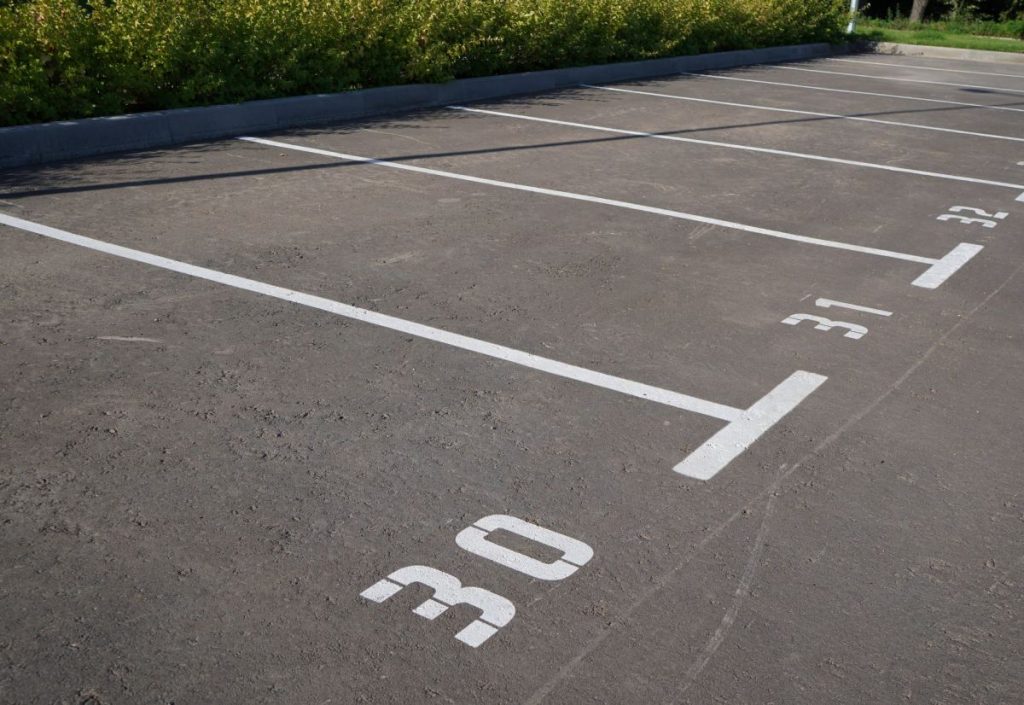With Tropical Storm Bonnie passing through South Florida this past weekend, I thought this would be a good time to address the importance of hurricane preparedness. There are plenty of resources and guides for preparing property for a disaster, but I want to focus on preparing condominium insurance coverage.
With respect to insurance, the first and most important preparatory step is to verify that your insurance policy is active and in full force. This includes ensuring that premiums are paid up to date, making sure that insurance coverage is adequate to protect your property, and verifying that all pre-loss or preventative measures required under the policy have been complied with. See Perdido Sun Condominium Ass’n, Inc. v. Nationwide Mut. Fire Ins., 545 F. Supp. 2d 1225 (N.D. Fla. 2008). It would be wise to contact the association’s insurance agent and attorney to perform a thorough analysis of the policy to ensure coverage will be available in the event of a storm.
Before a storm is also the best time to ensure that any previous insurance claims have been handled to the full extent possible to avoid complications that new storm damage may bring. See Royale Green Condominium Ass’n, Inc. v. Aspen Specialty Ins. Co., No. 07-21404-CIV, 2008 WL 2397623 (S.D. Fla. 2008). If previous insurance claims have been made, make sure that the repairs were made appropriately, and that documentation for the repairs is available. If any previous insurance issues remain unresolved, contact your insurance agent and try to resolve them as soon as possible.
It is also important to make sure all-important records and documents are in a safe place, protected from water, wind, and fire. Insurance policies, applications, prior claim histories, as well as other association contracts, financial records, and any other records which may be needed to support an insurance claim should all be accounted for and protected adequately. Photographs and videos of the property that were taken before a storm should be included with insurance documents to provide evidence of the pre-loss condition should a storm cause new damage. Scanning paper documents into an electronic format such as Adobe Portable Document Format (PDF) provides an efficient backup for paper documents.
Electronic documents should be backed up and stored in an offsite location. For small to medium amounts of electronic documents, there are plenty of online storage resources that are easy to use, inexpensive, and provide access to those documents quickly from any location with Internet access. If electronic documents have been scanned from a paper source, Optical Character Recognition (OCR) software will help make those documents easily searchable to give you quick access to the right document you may need after a storm.
Preparing your insurance coverage for a hurricane is just as important as preparing your property. The above tips should should help organize and safeguard materials needed if a disaster strikes. If you need a good resource for information on protecting property from a storm, drop us a line and we’ll be happy to help out with that as well.


